Qualcomm is the largest fabless semiconductor company in the world. If you have a smarphone there is a good chance you have a Qualcomm chip in your pocket. It is headquartered in San Diego with offices pretty much everywhere.
Qualcomm’s roots are in Linkabit, which was founded by Irwin Jacobs and Andrew Viterbi. They, along with … Read More

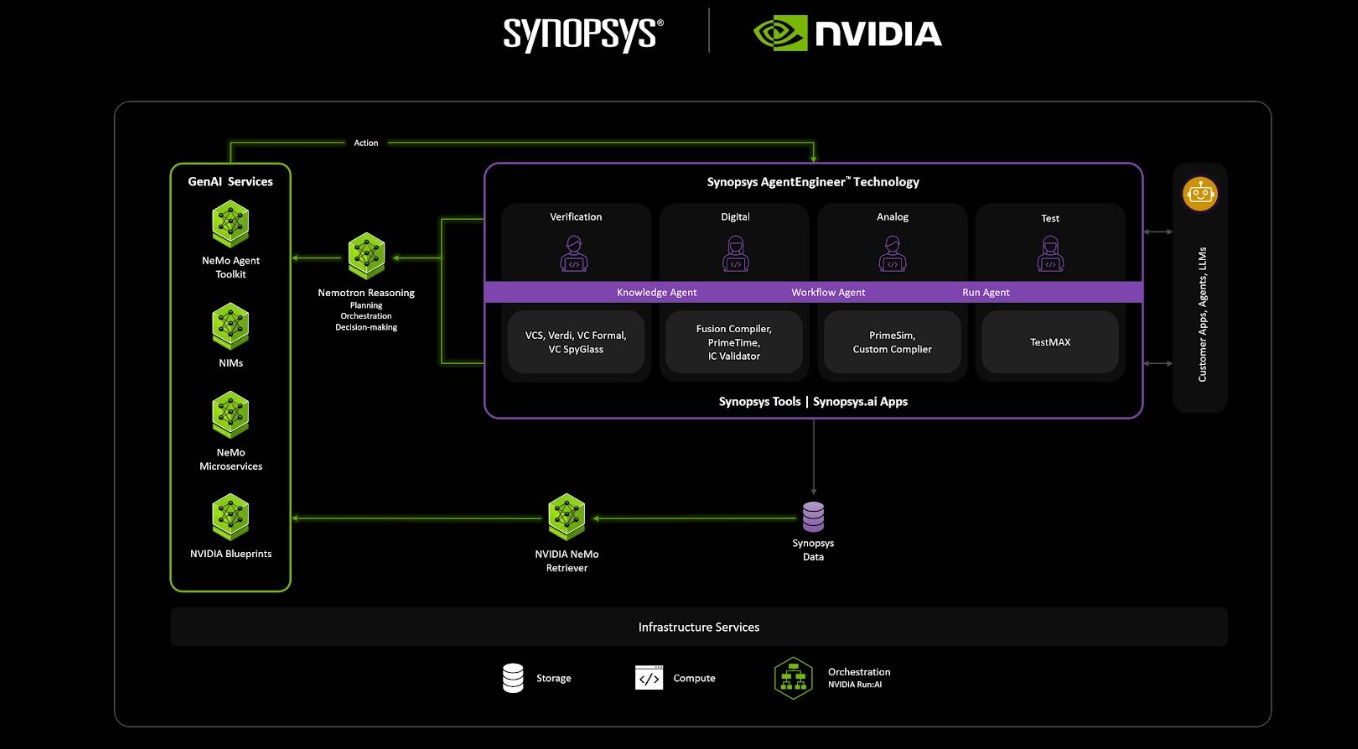

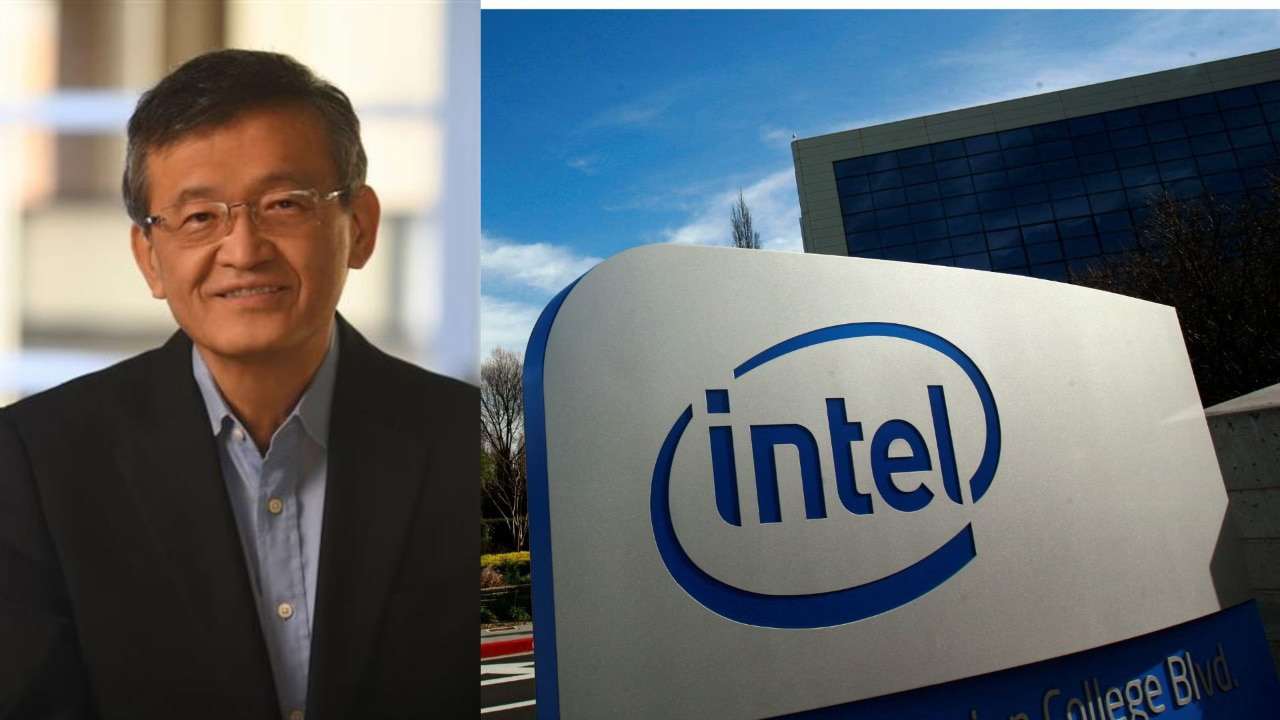

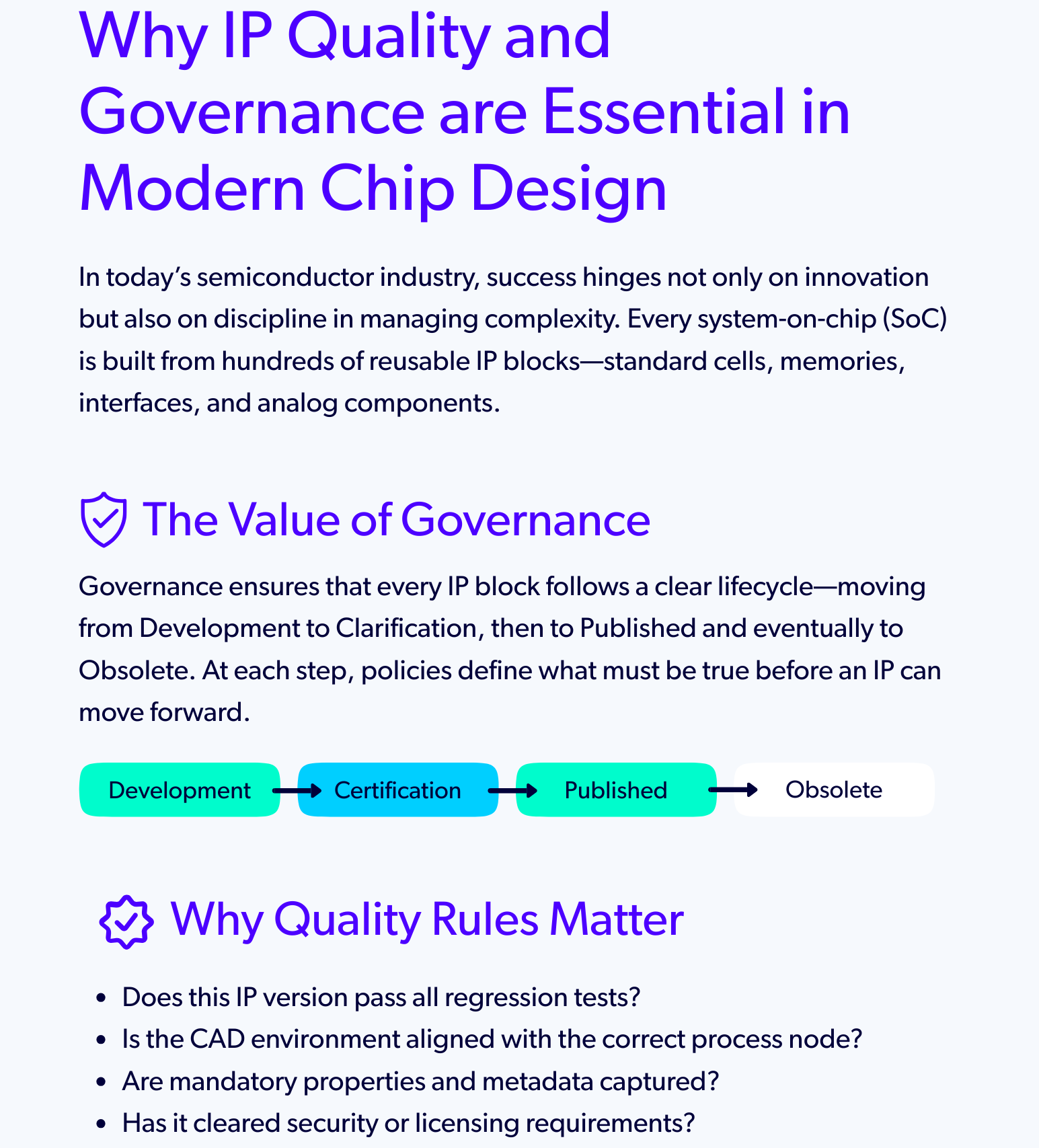



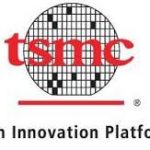
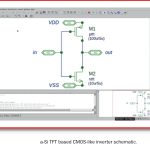
PDF Solutions Charts a Course for the Future at Its User Conference and Analyst Day